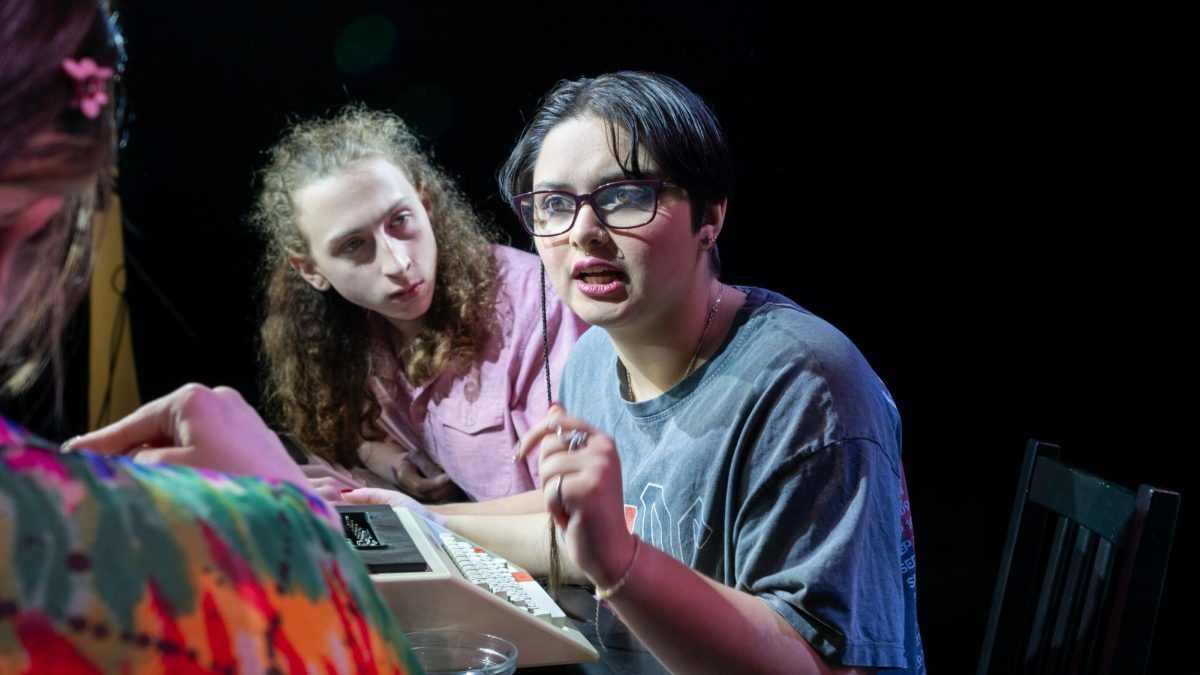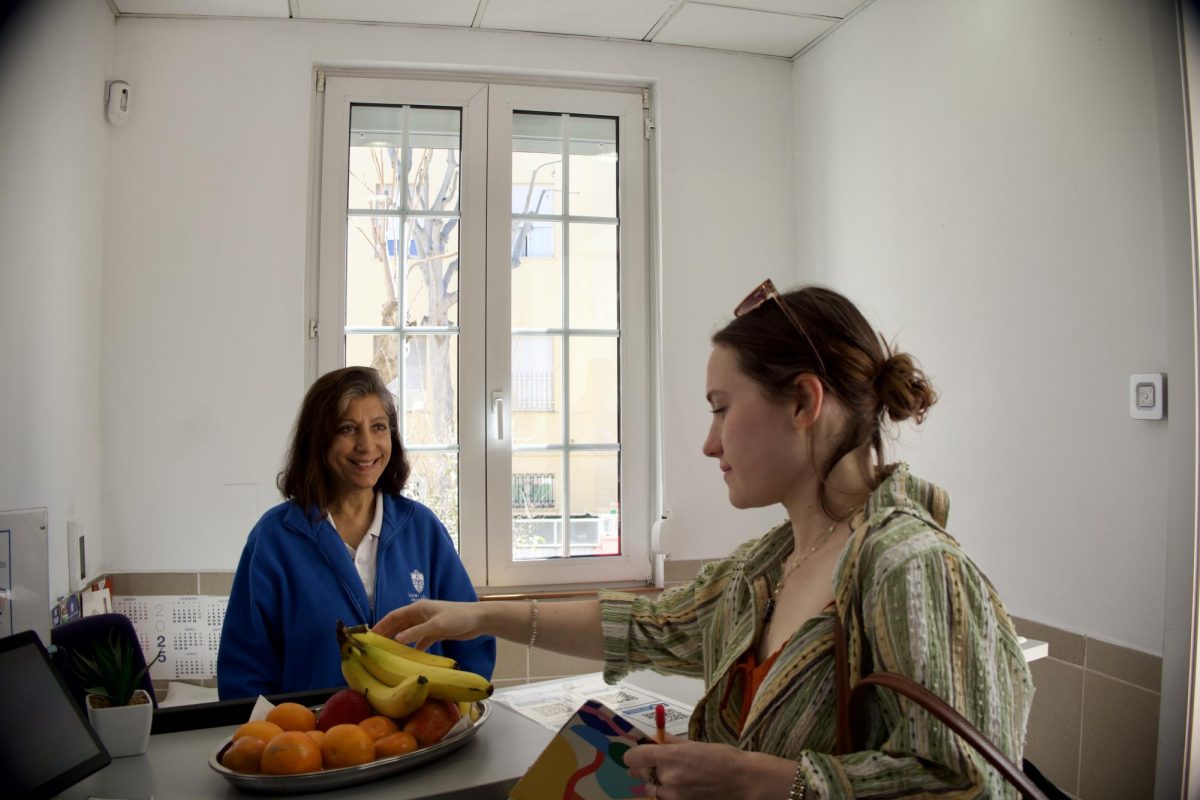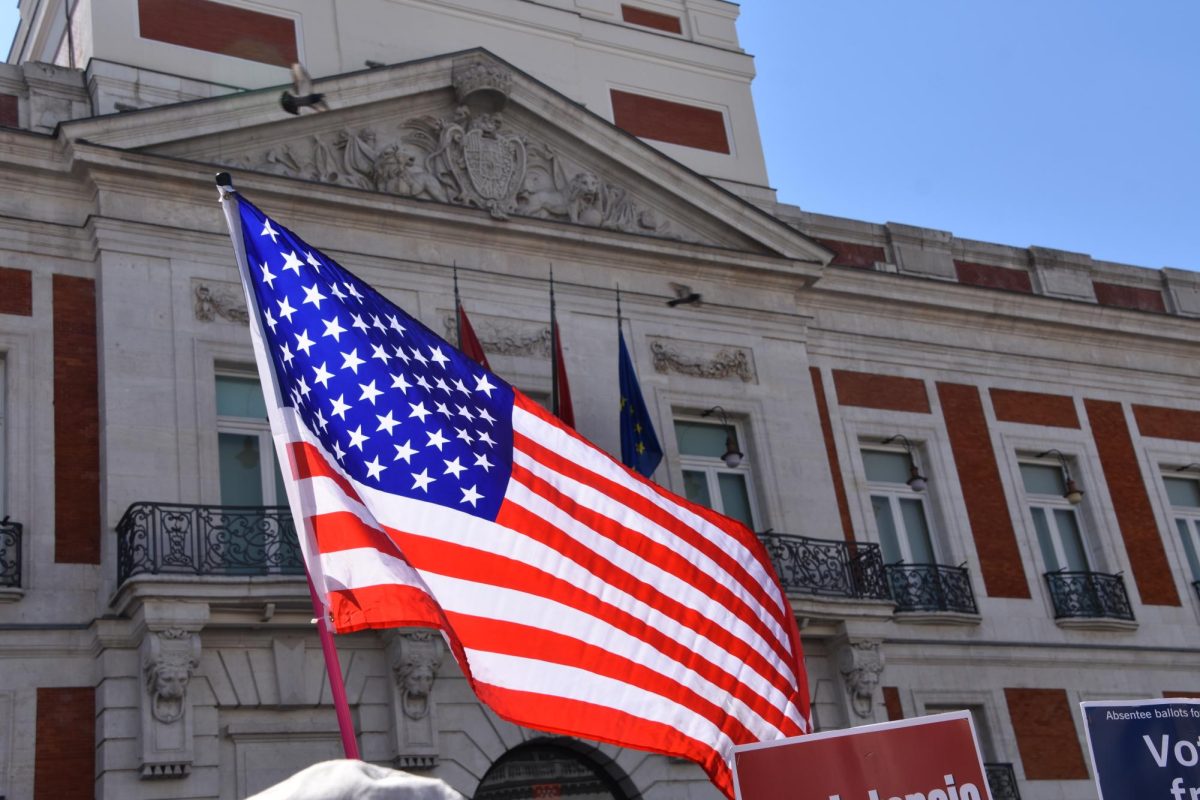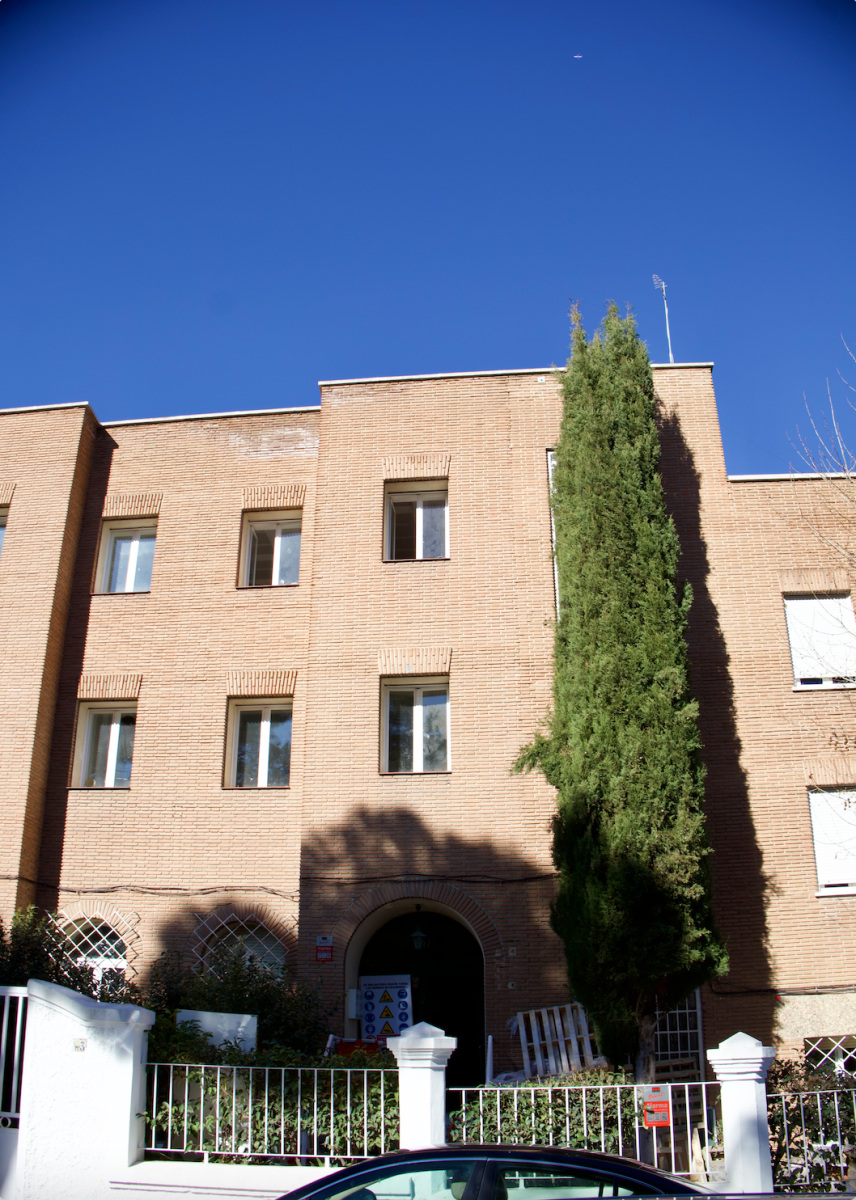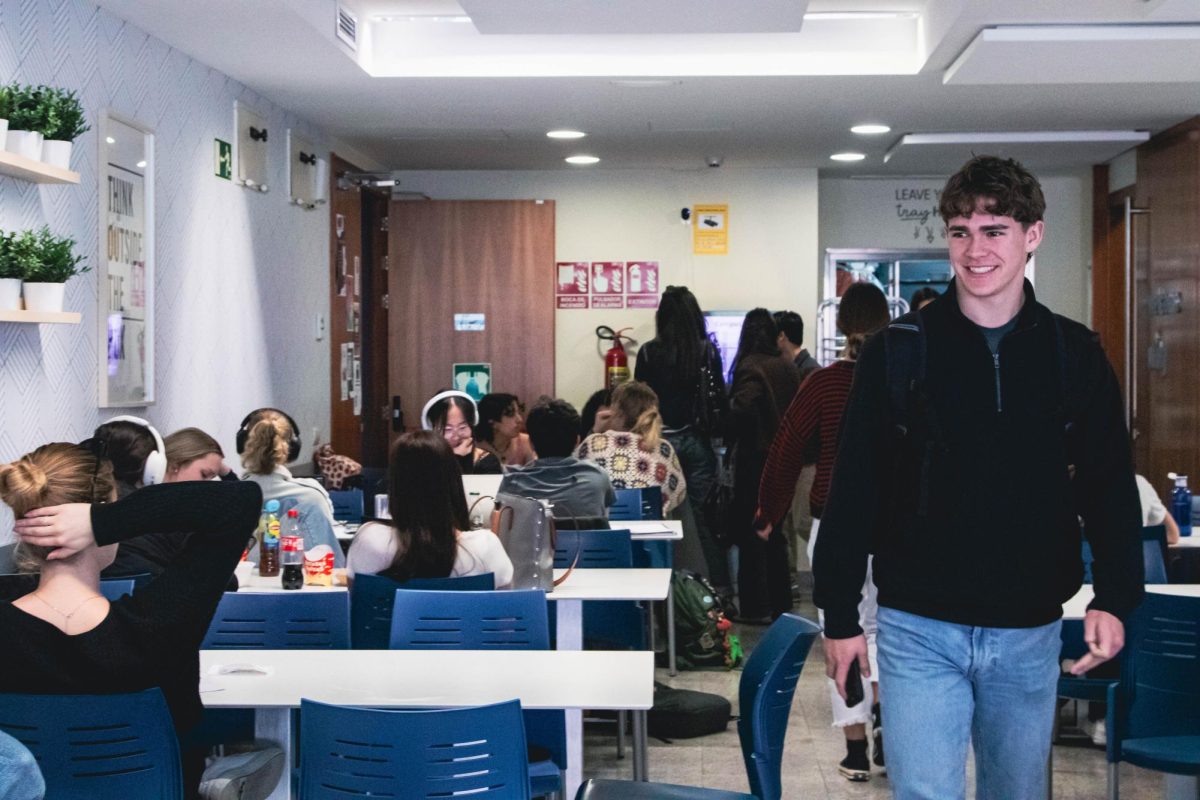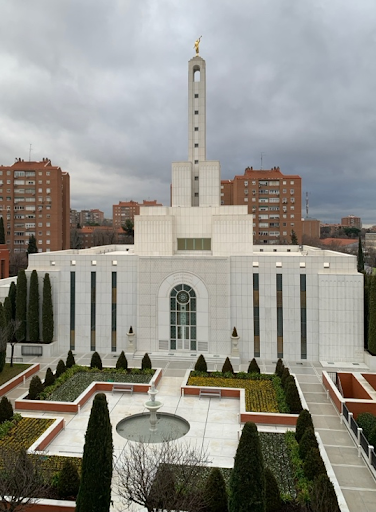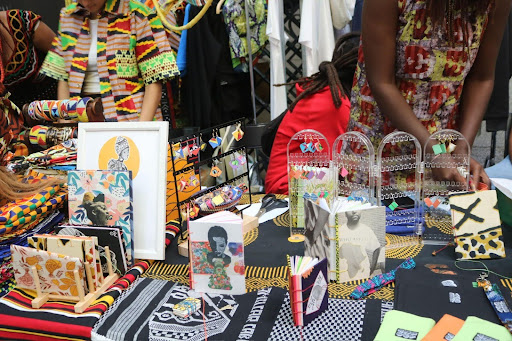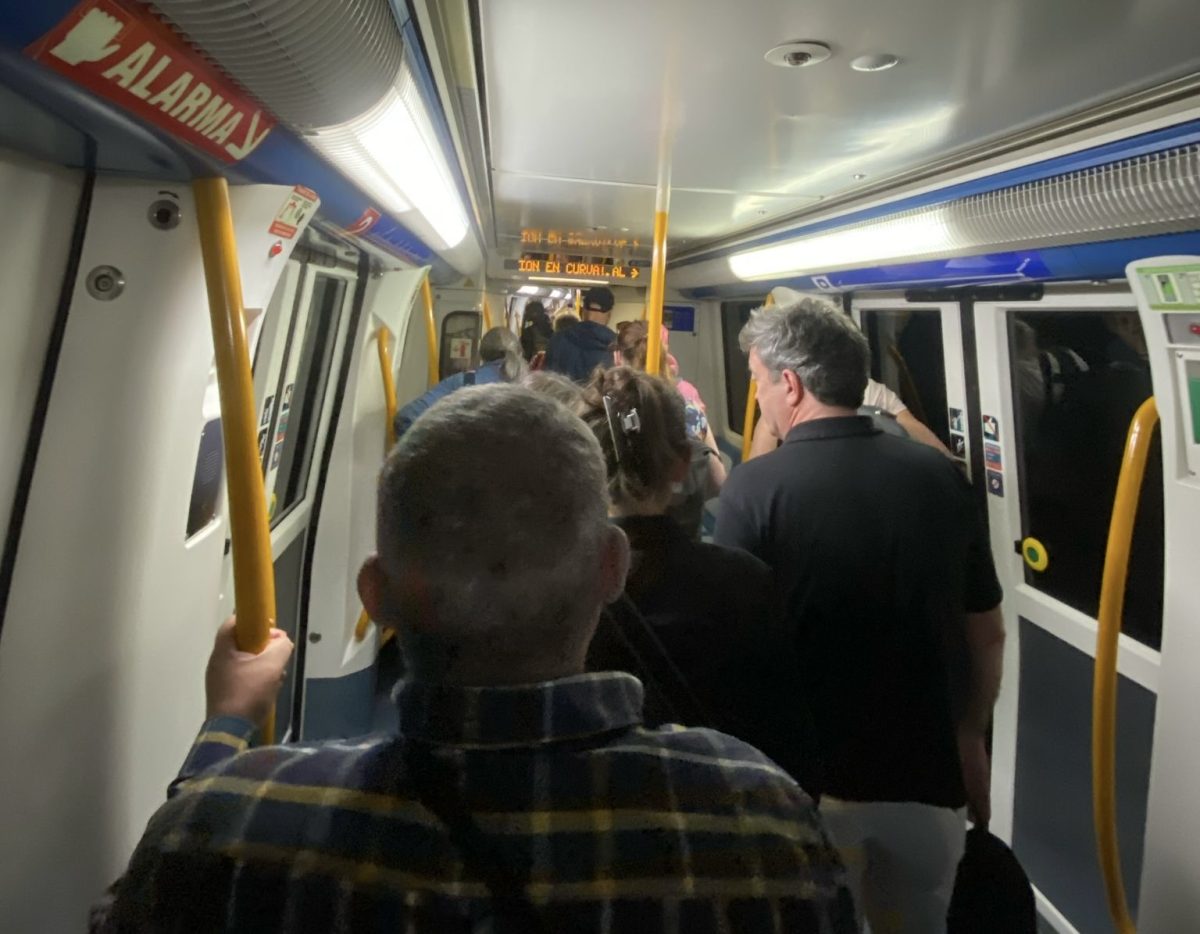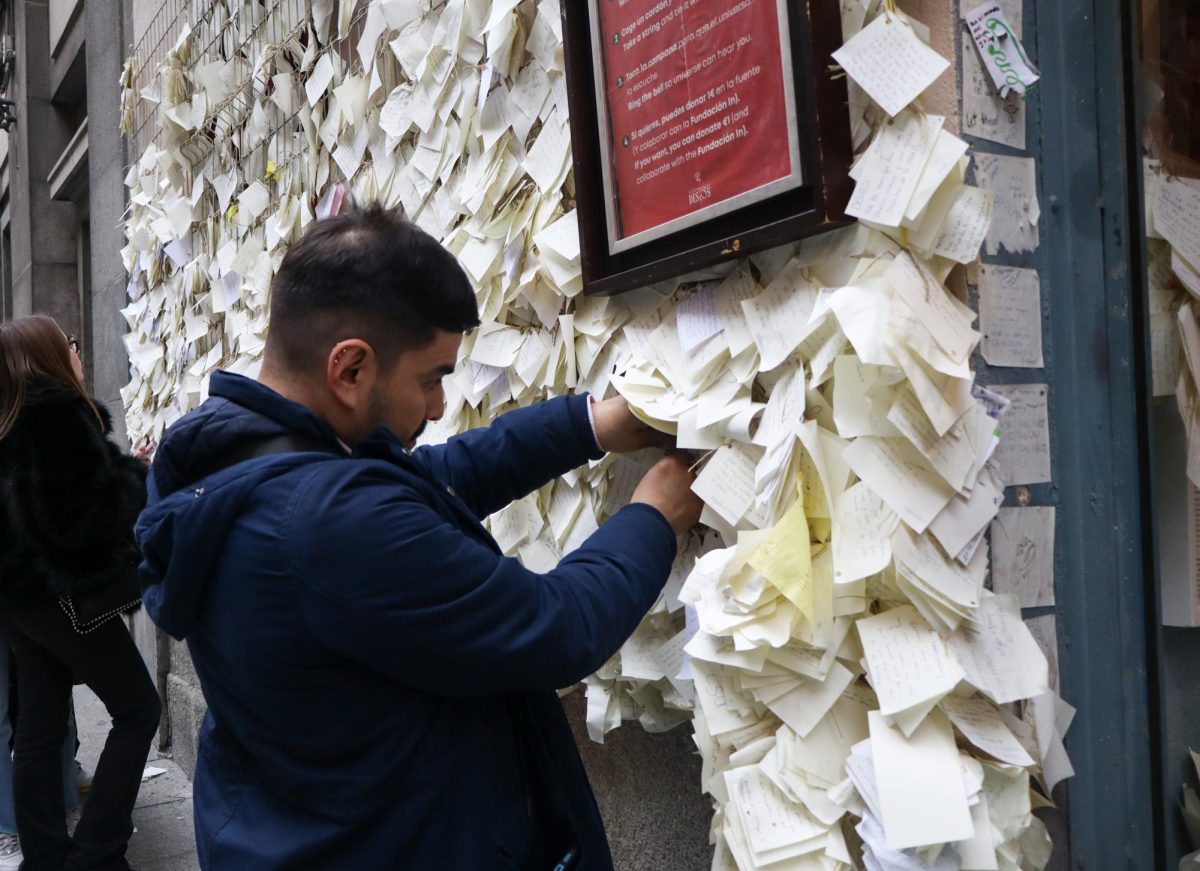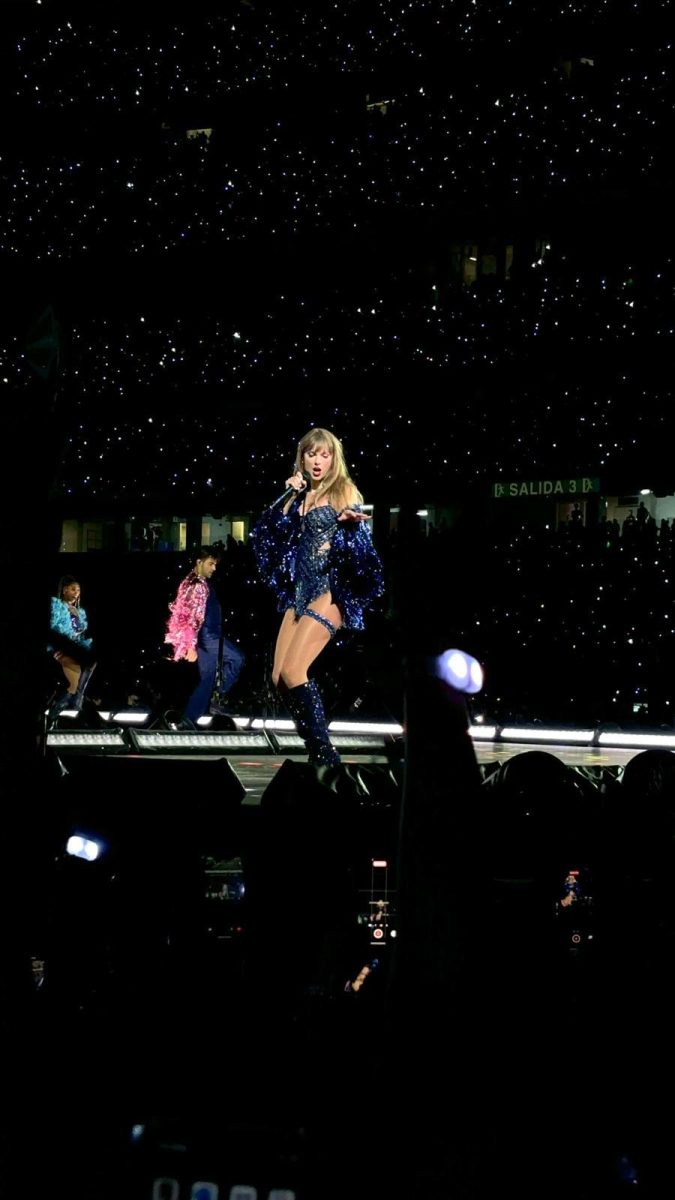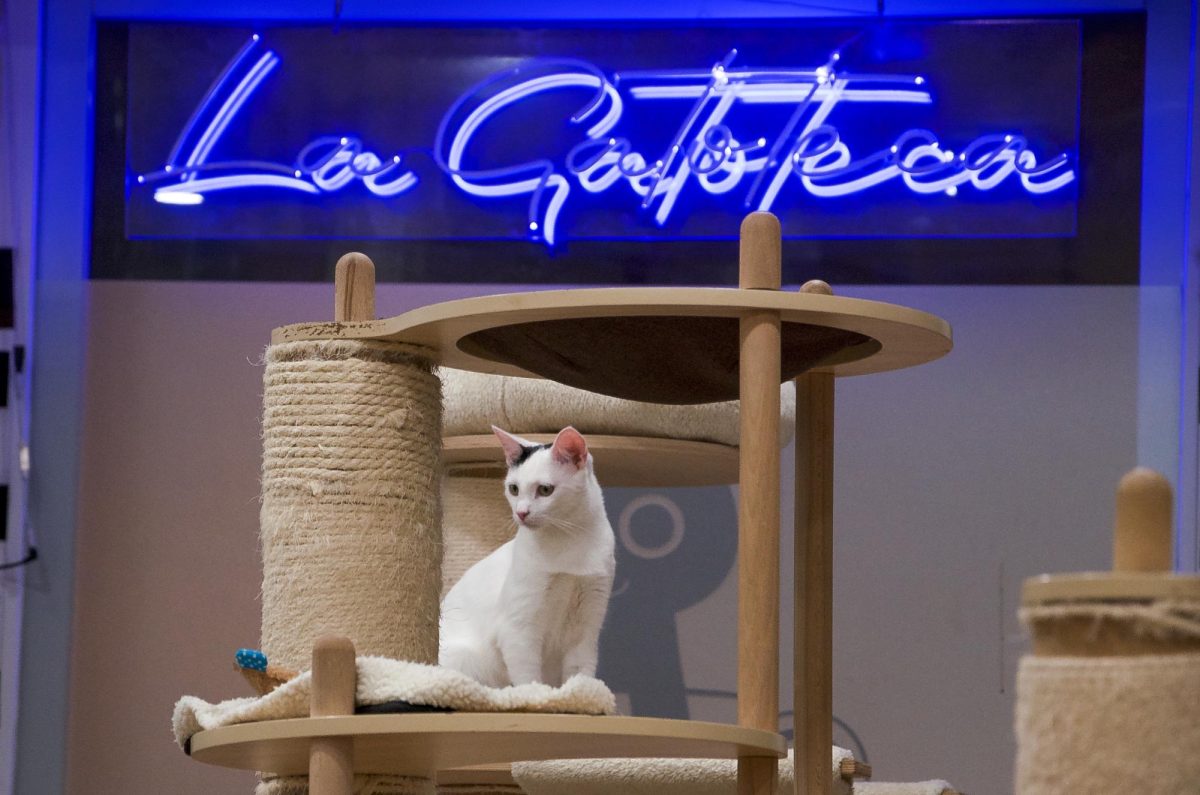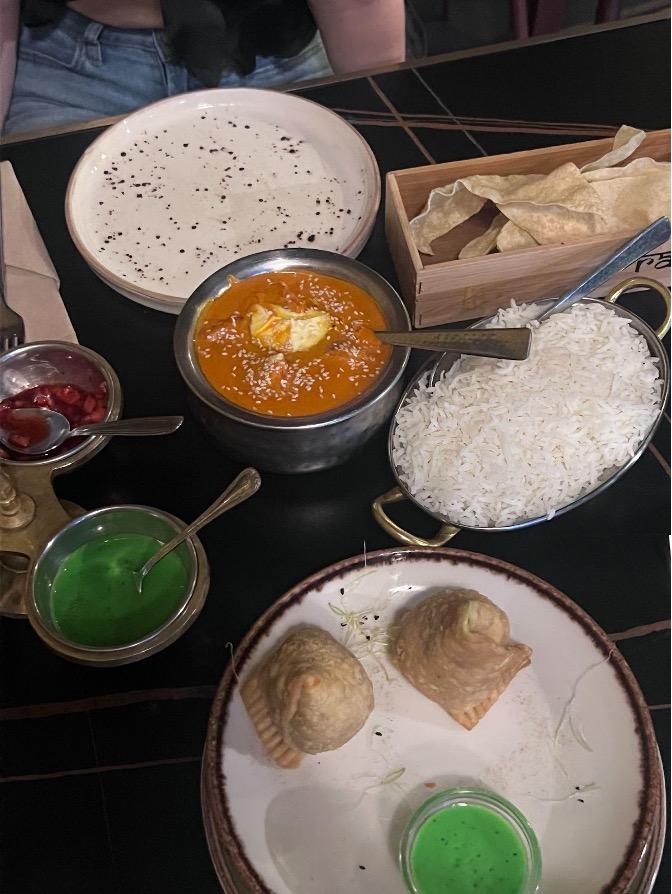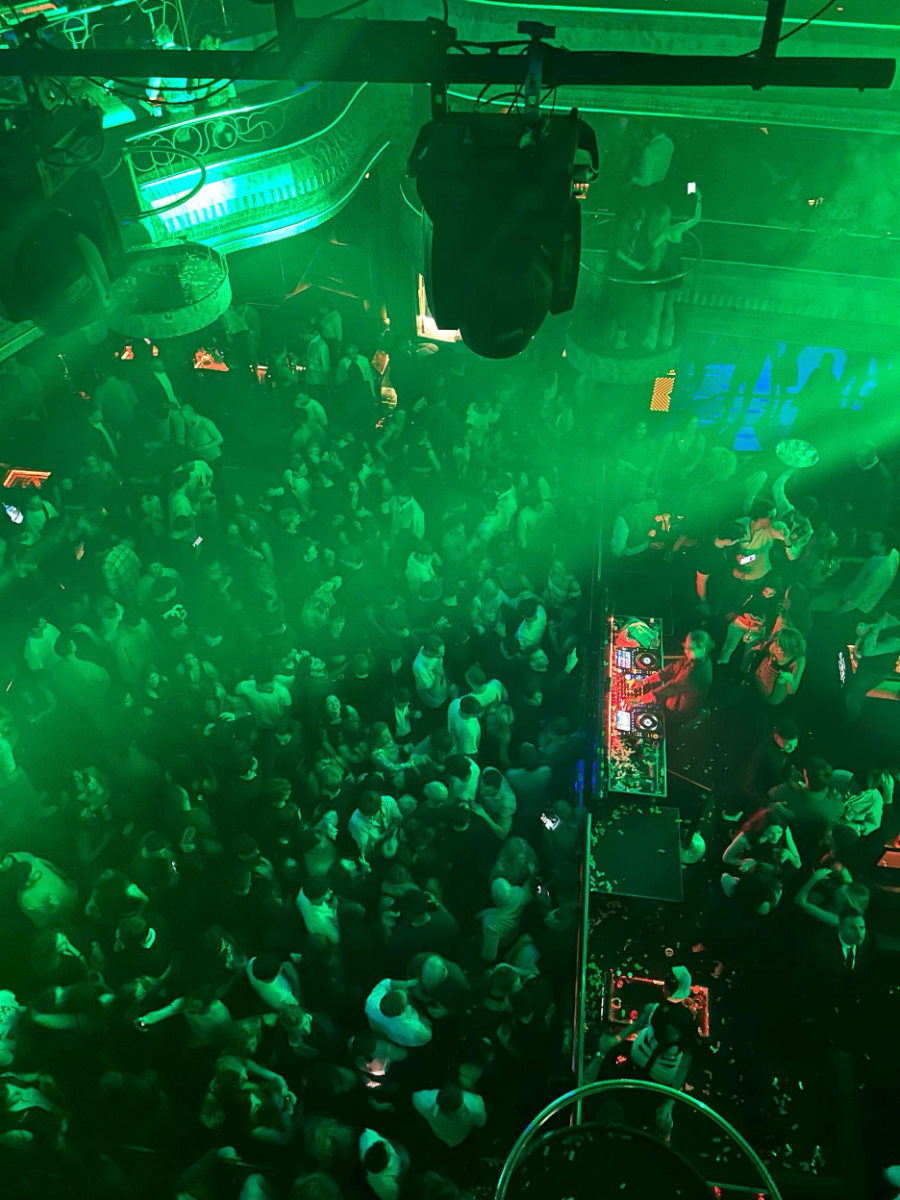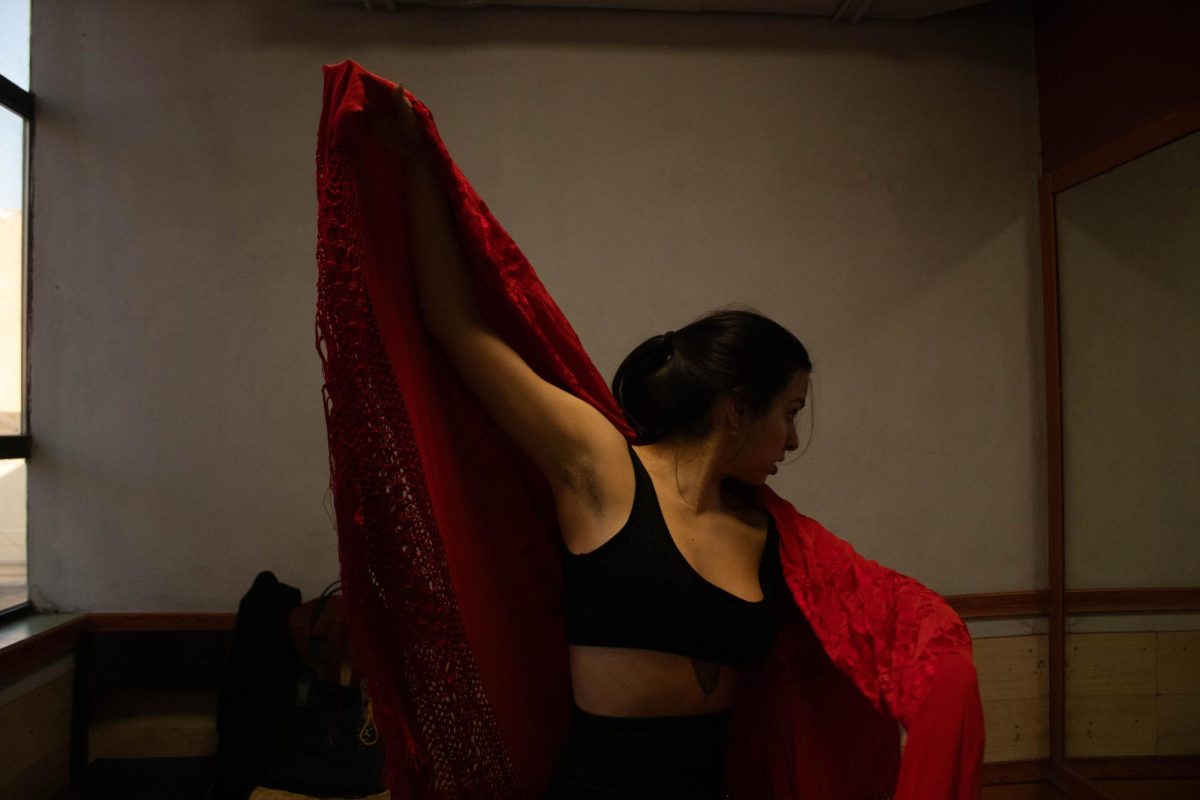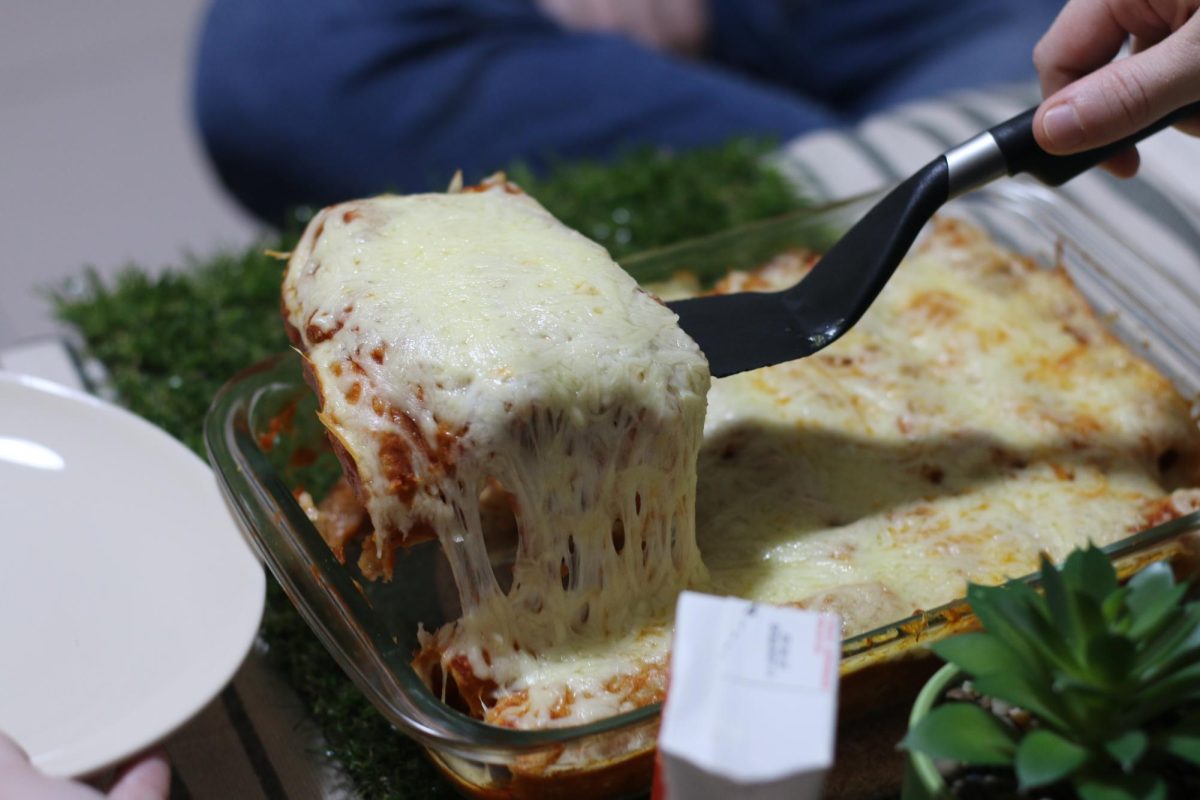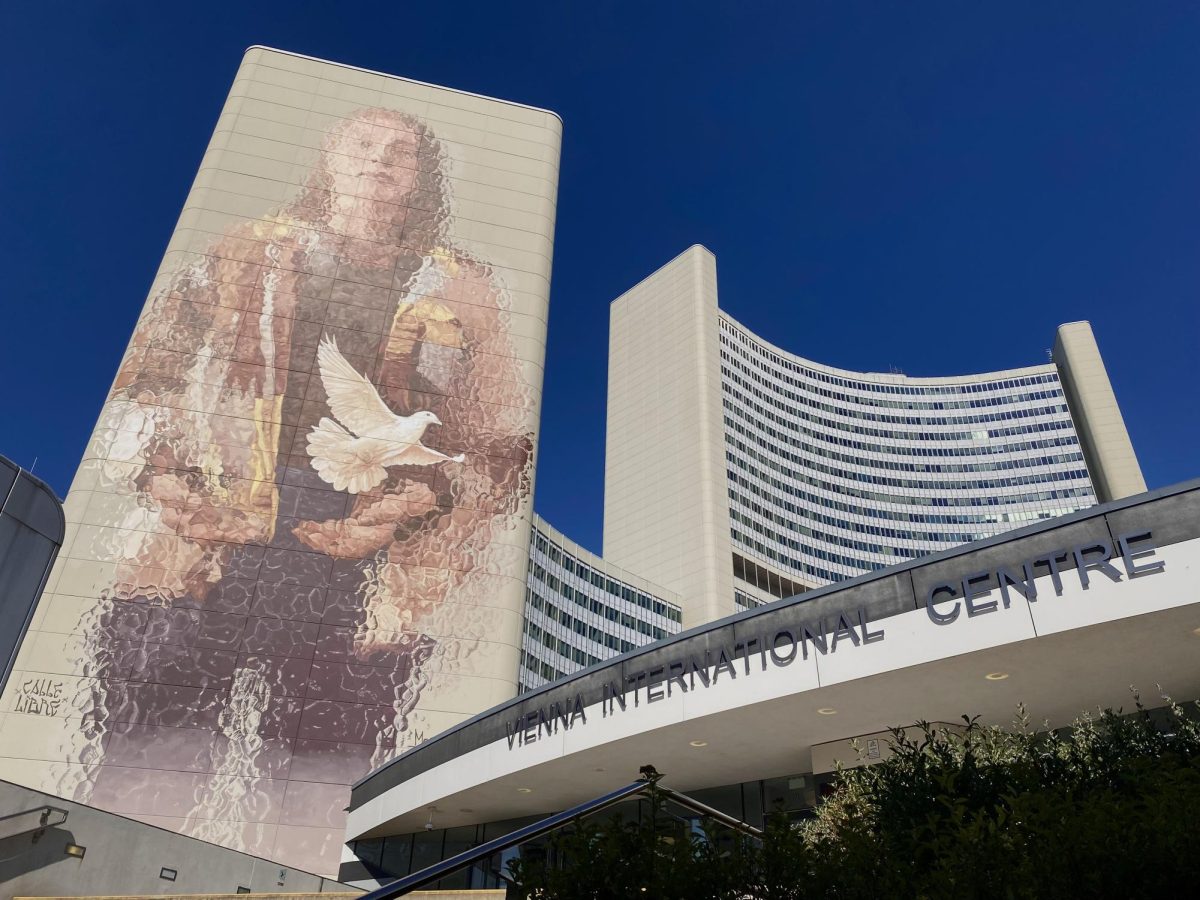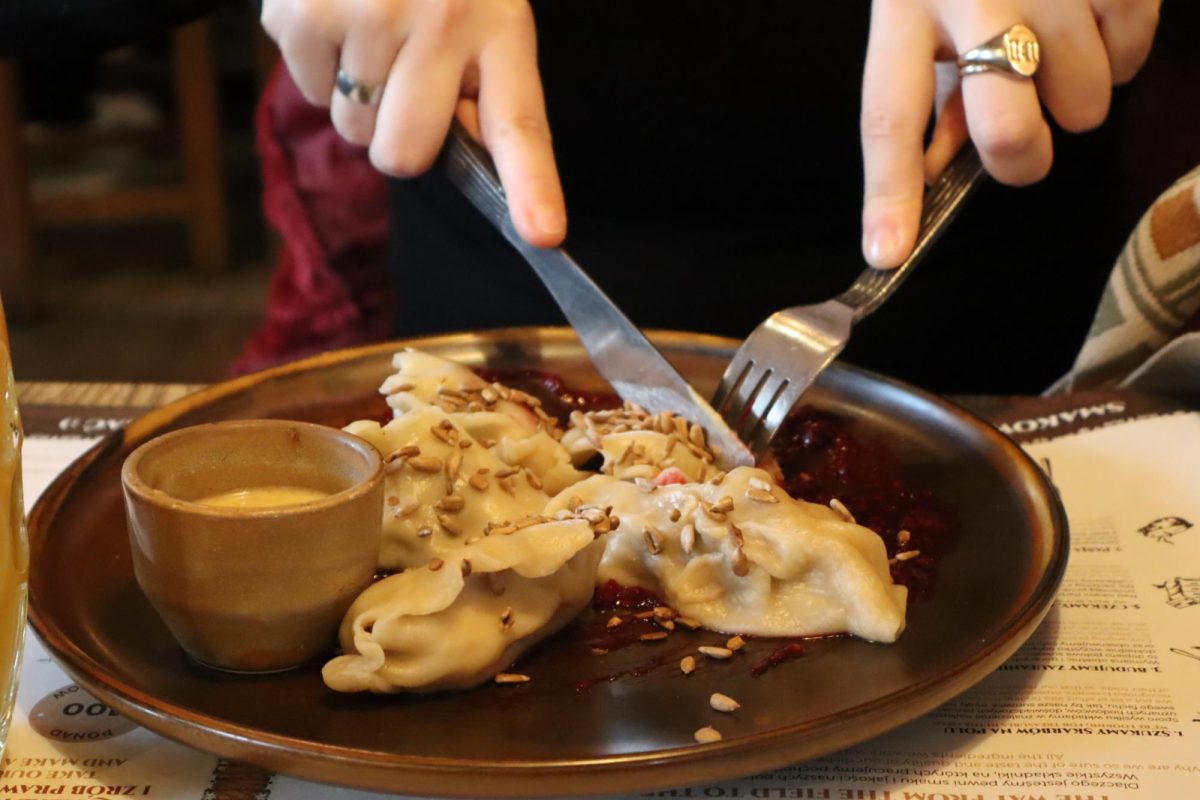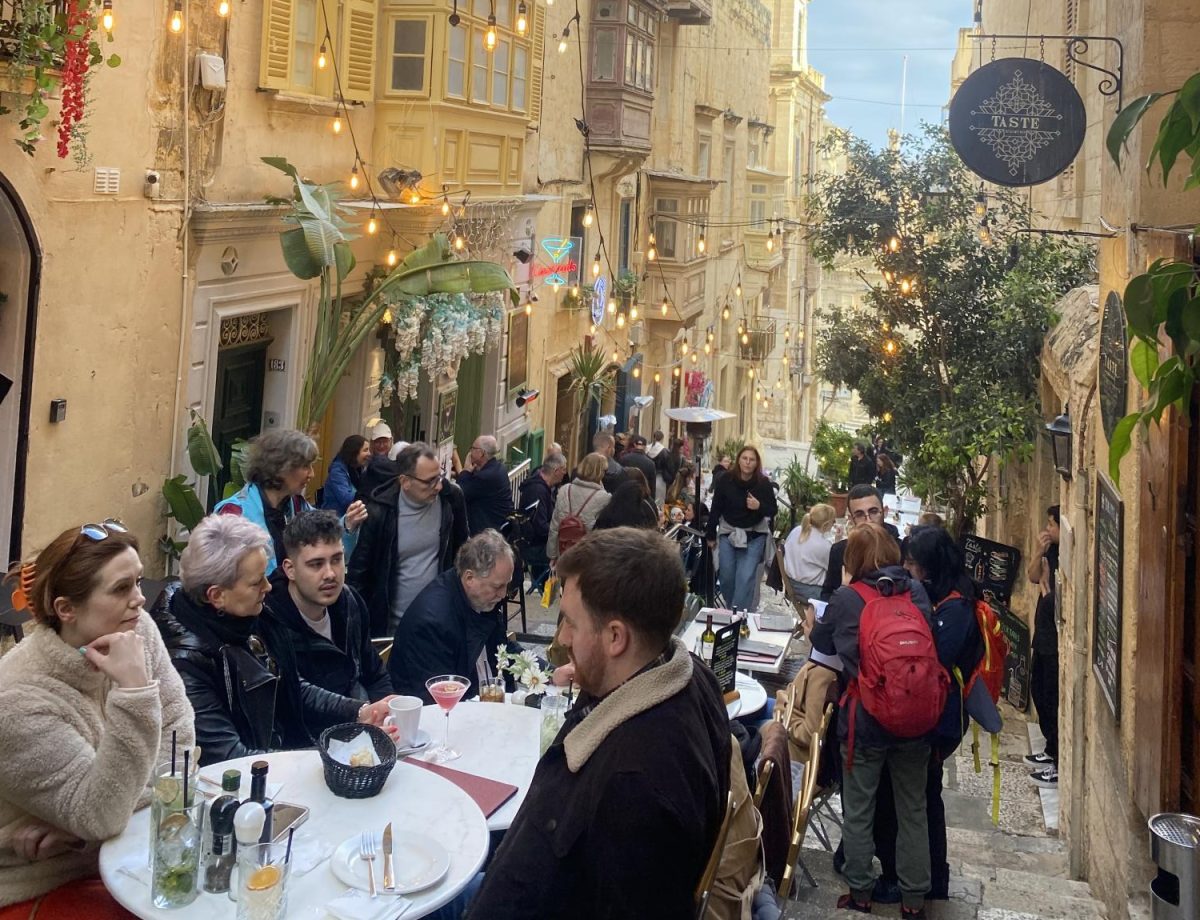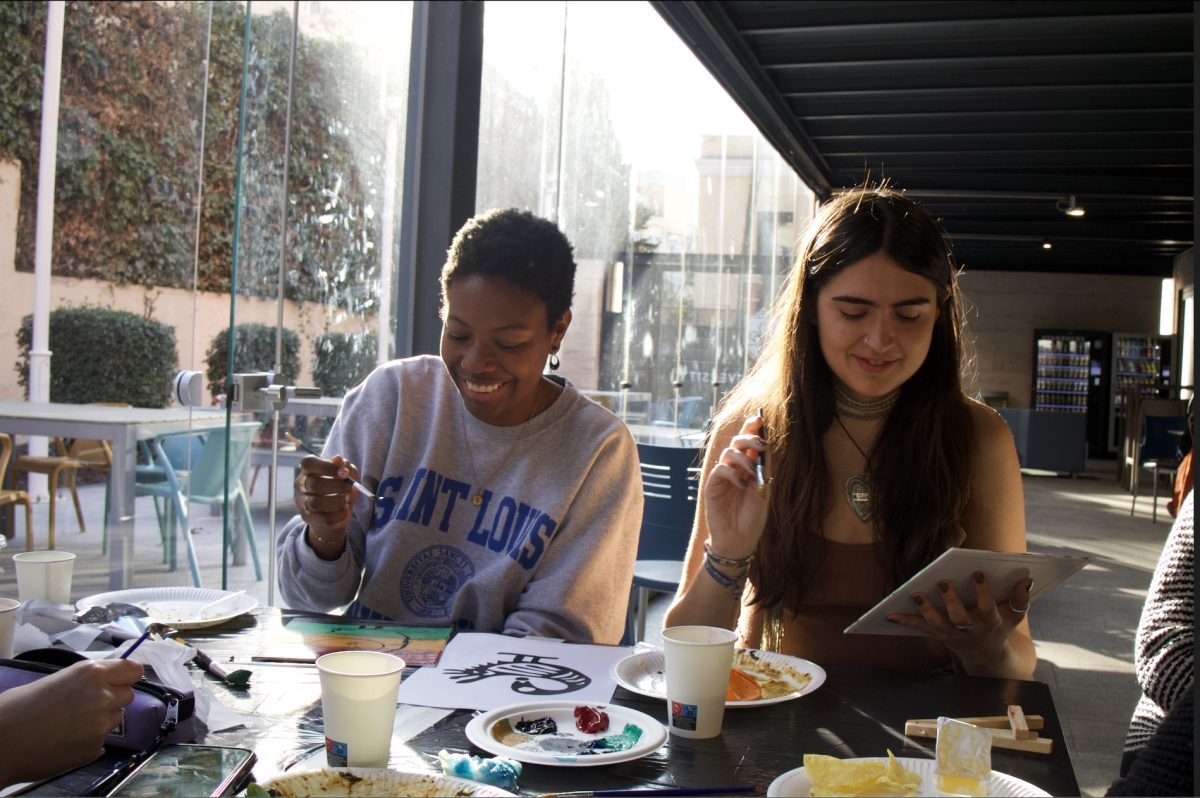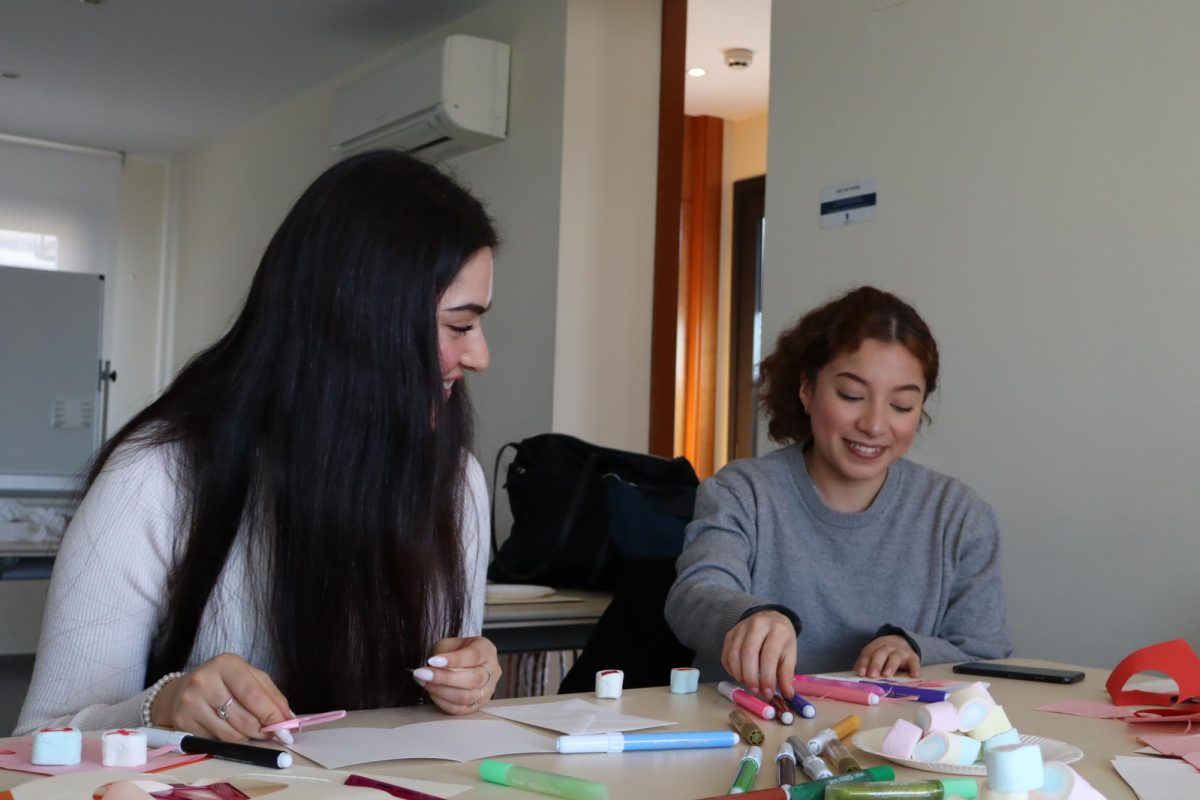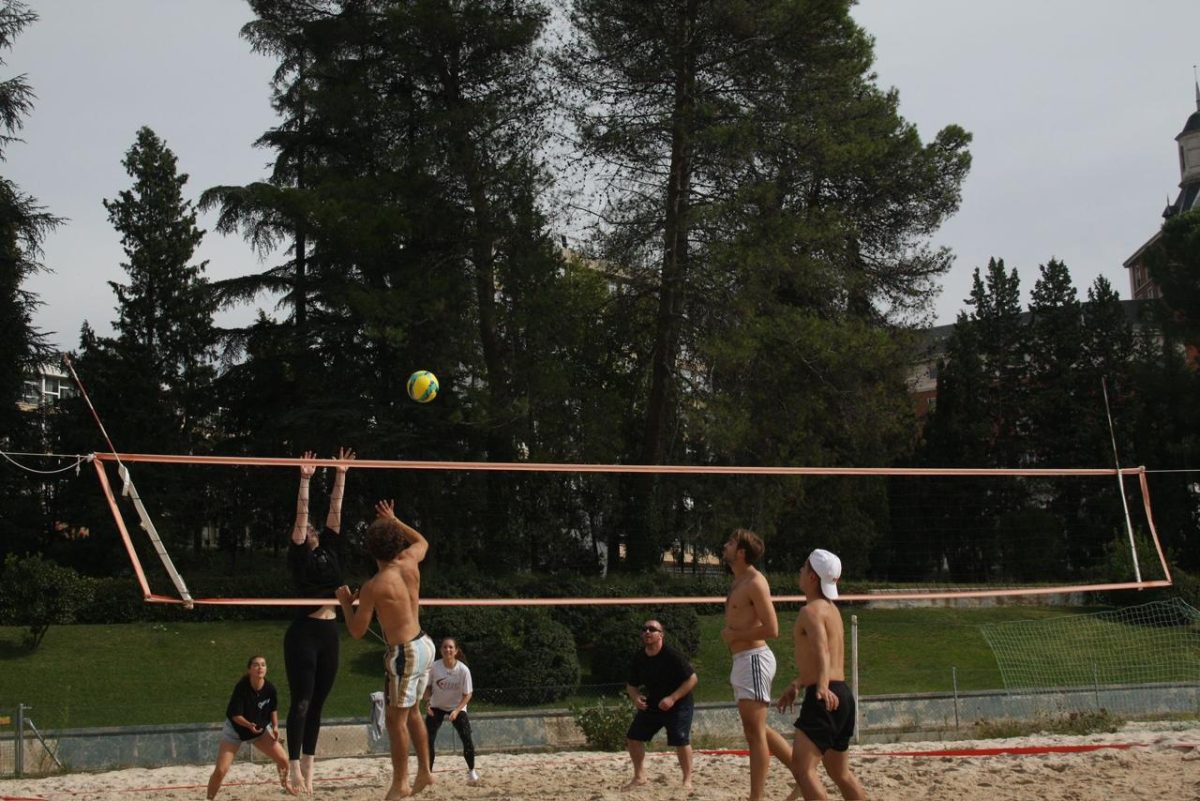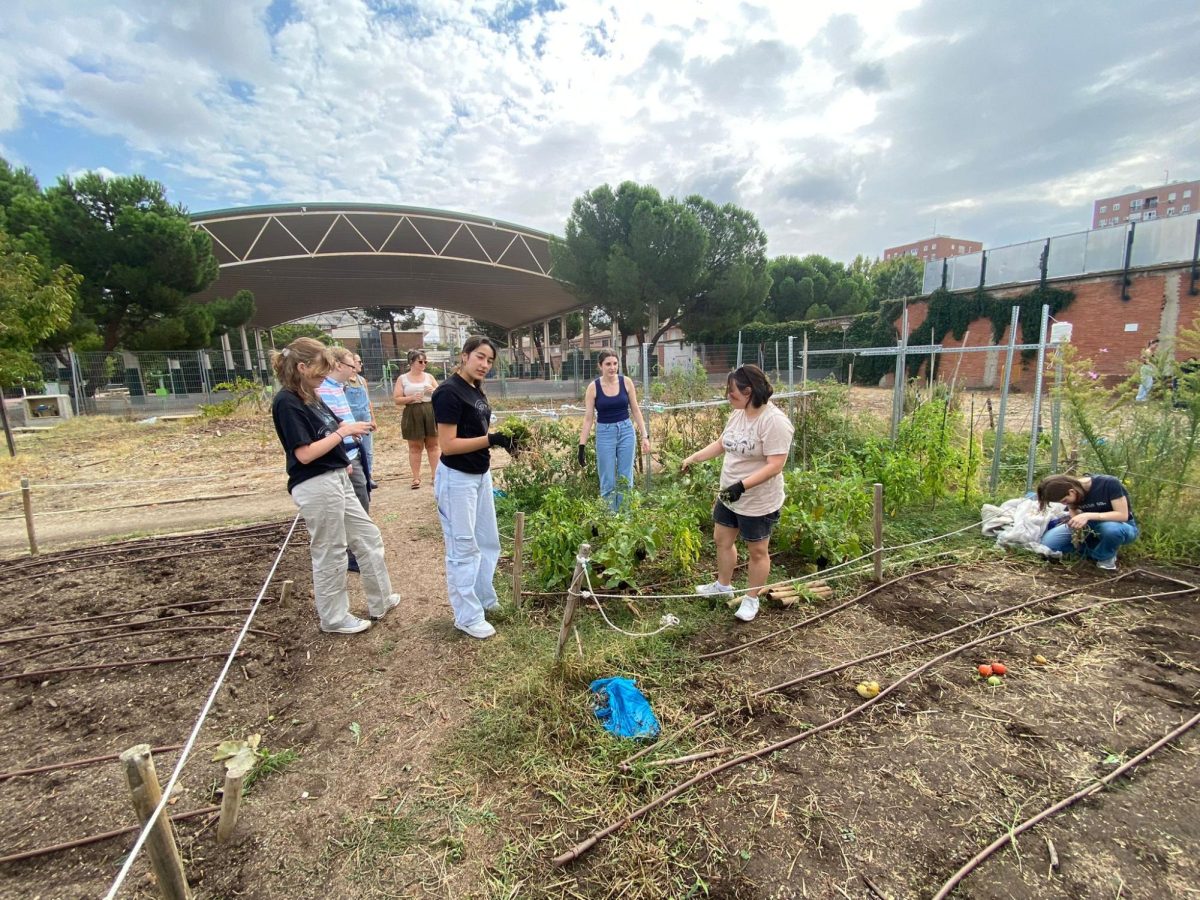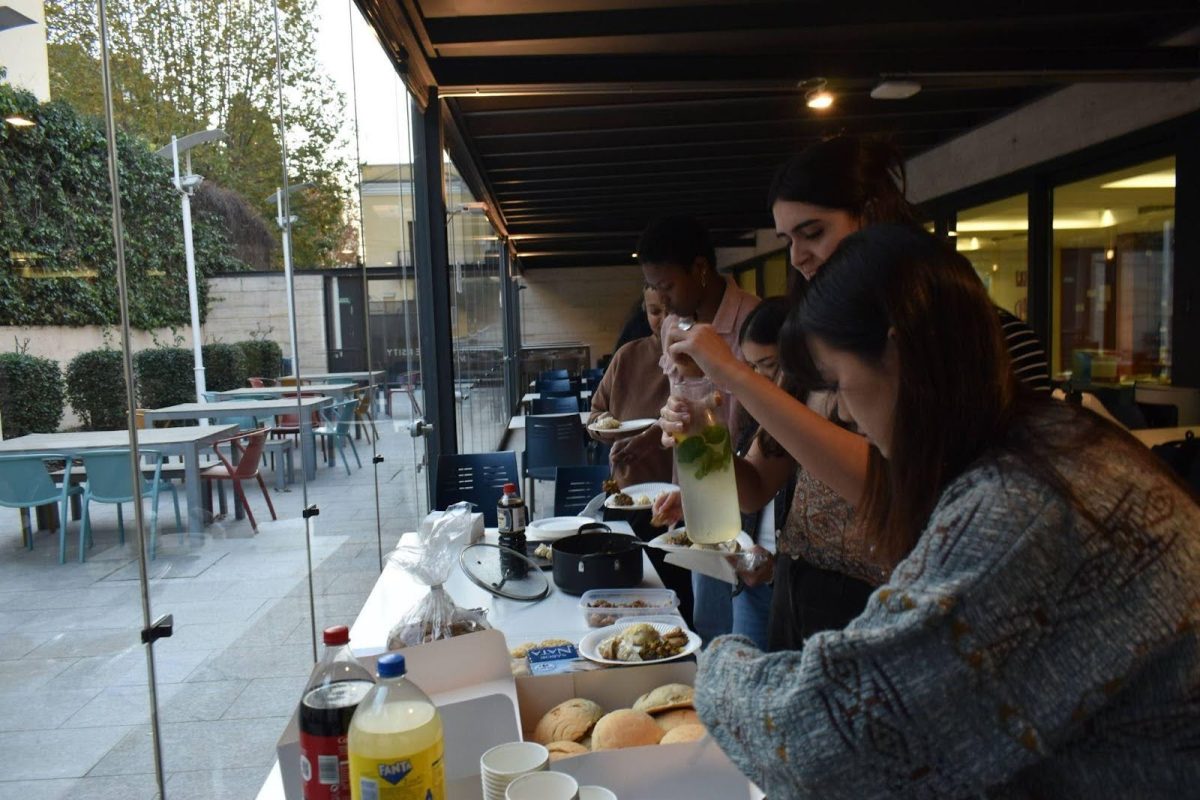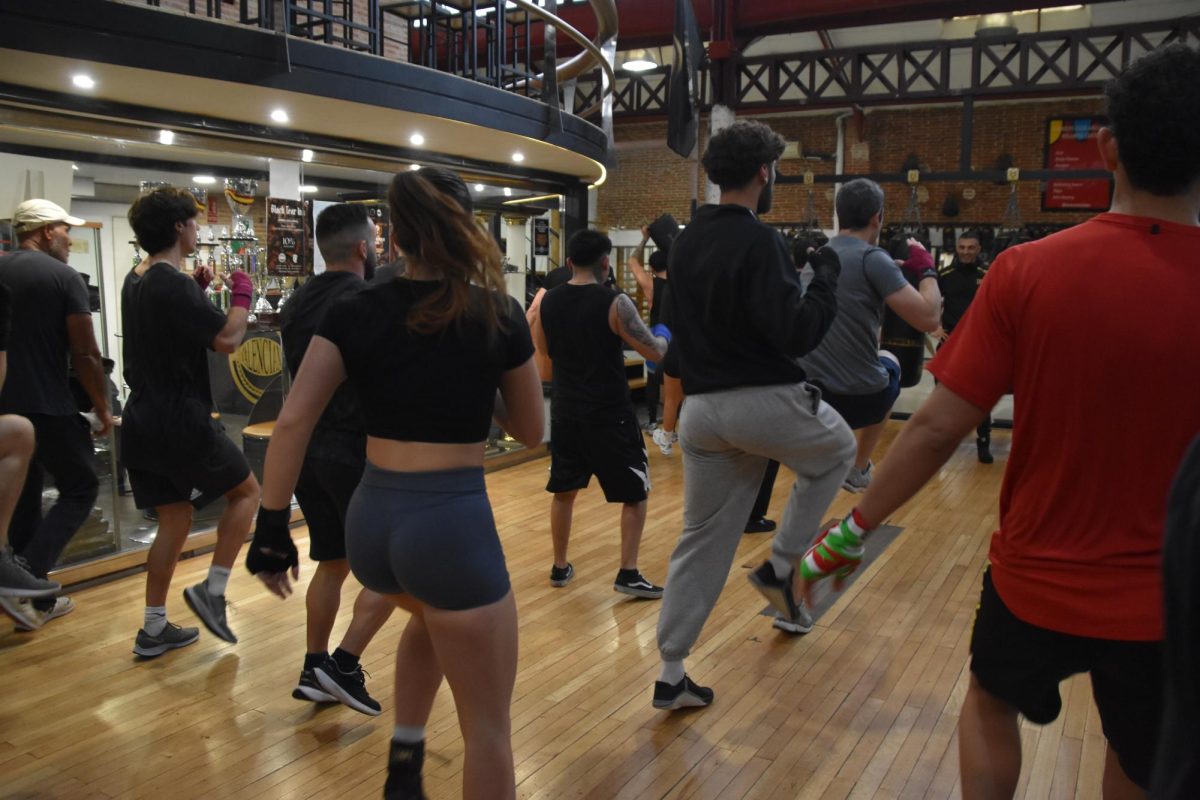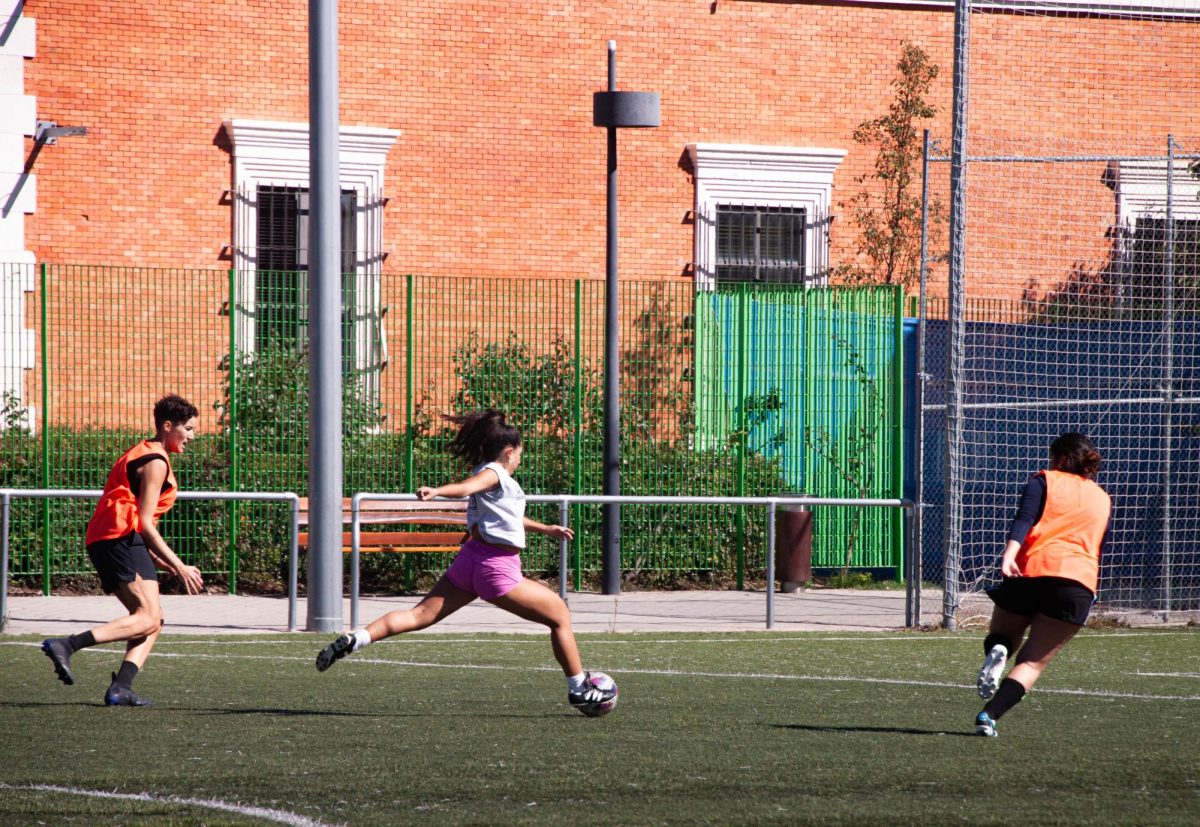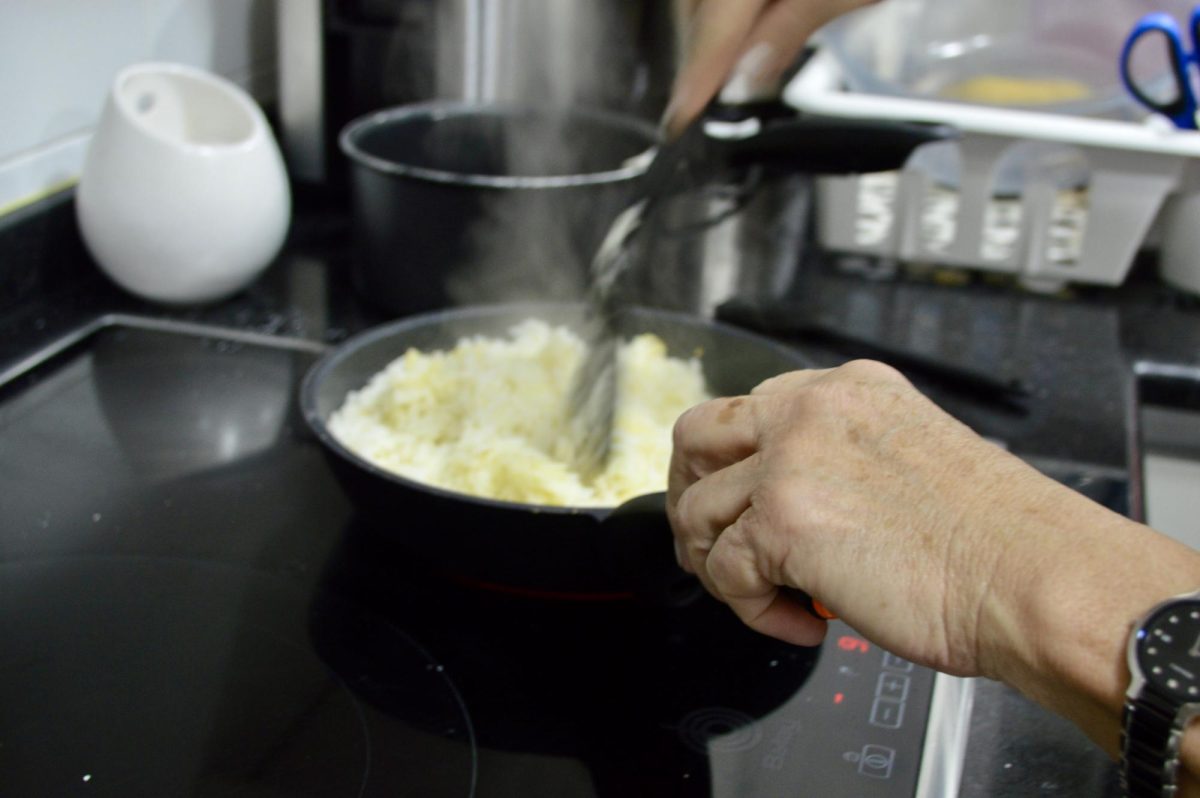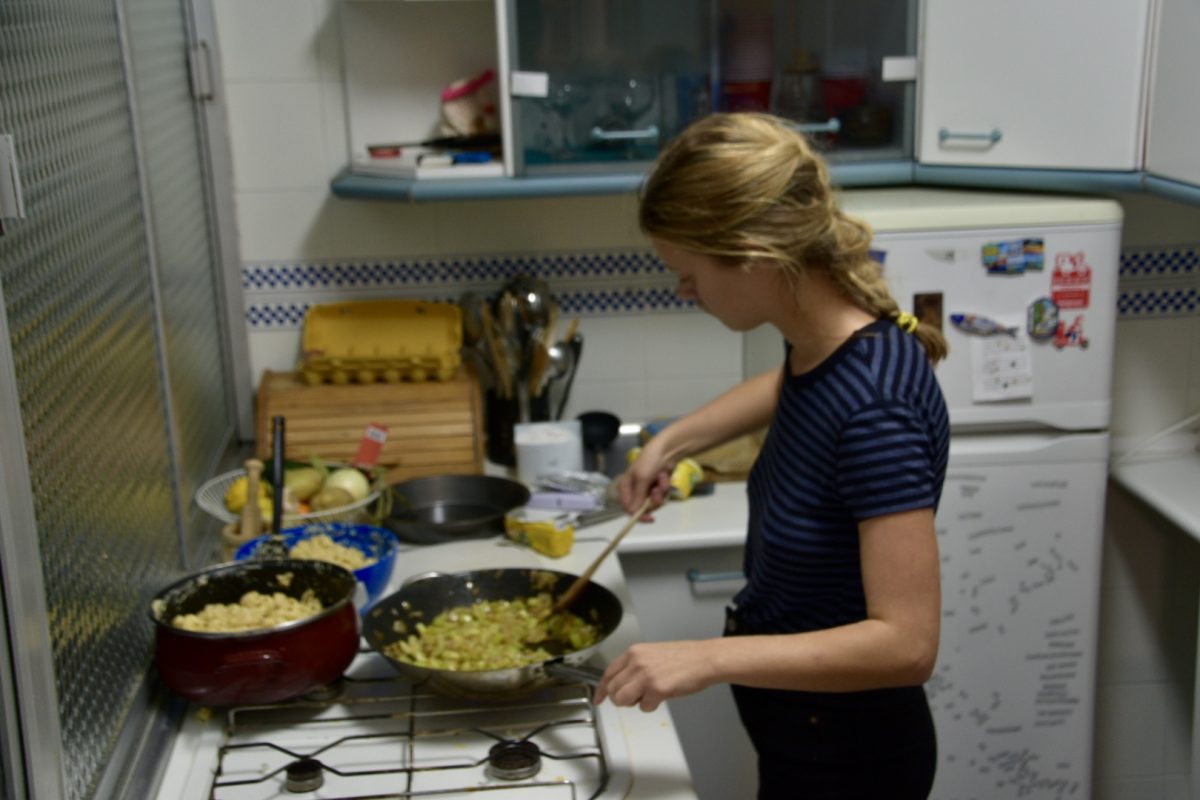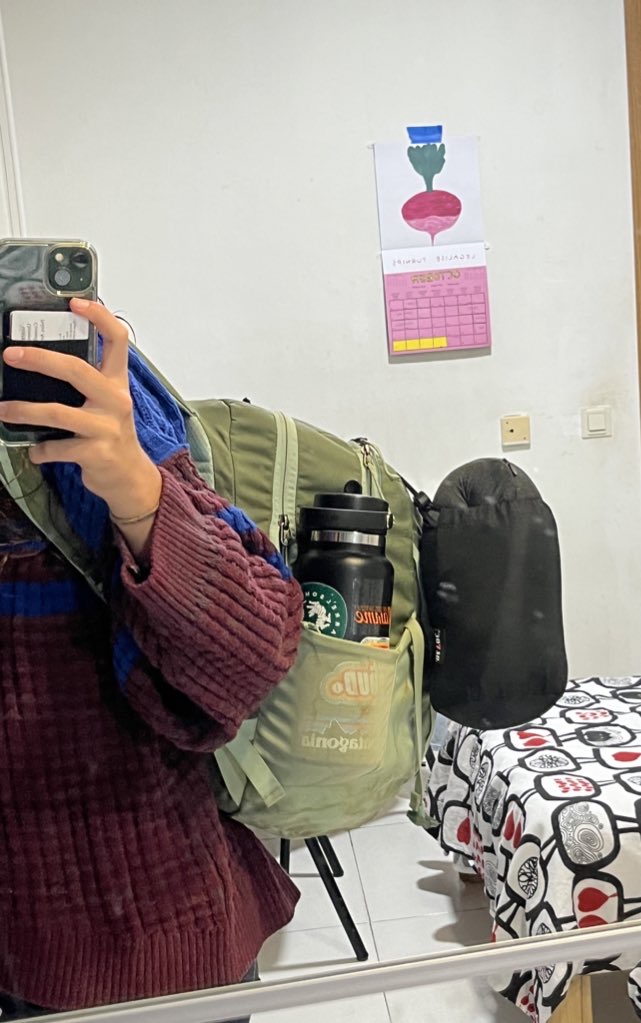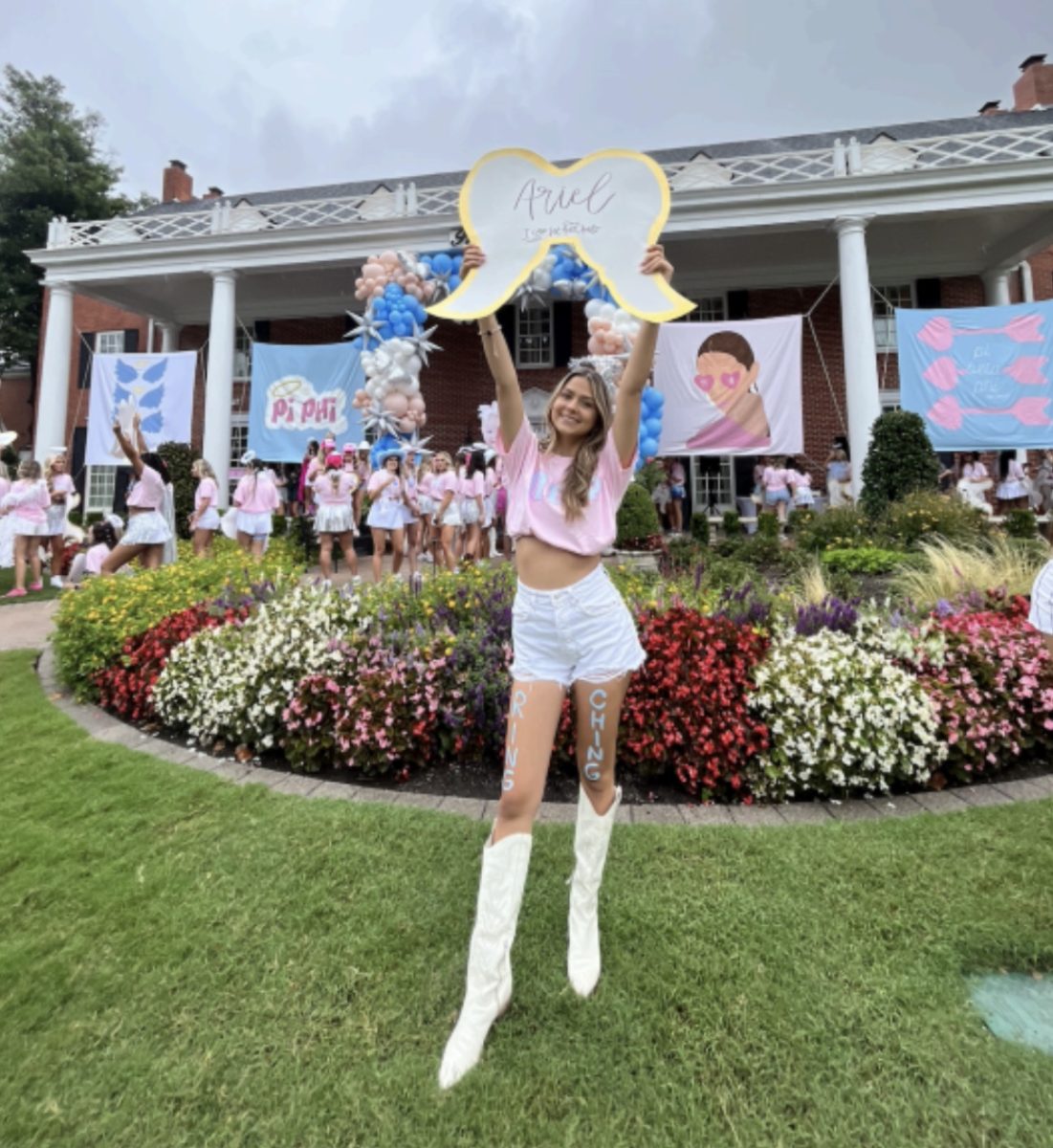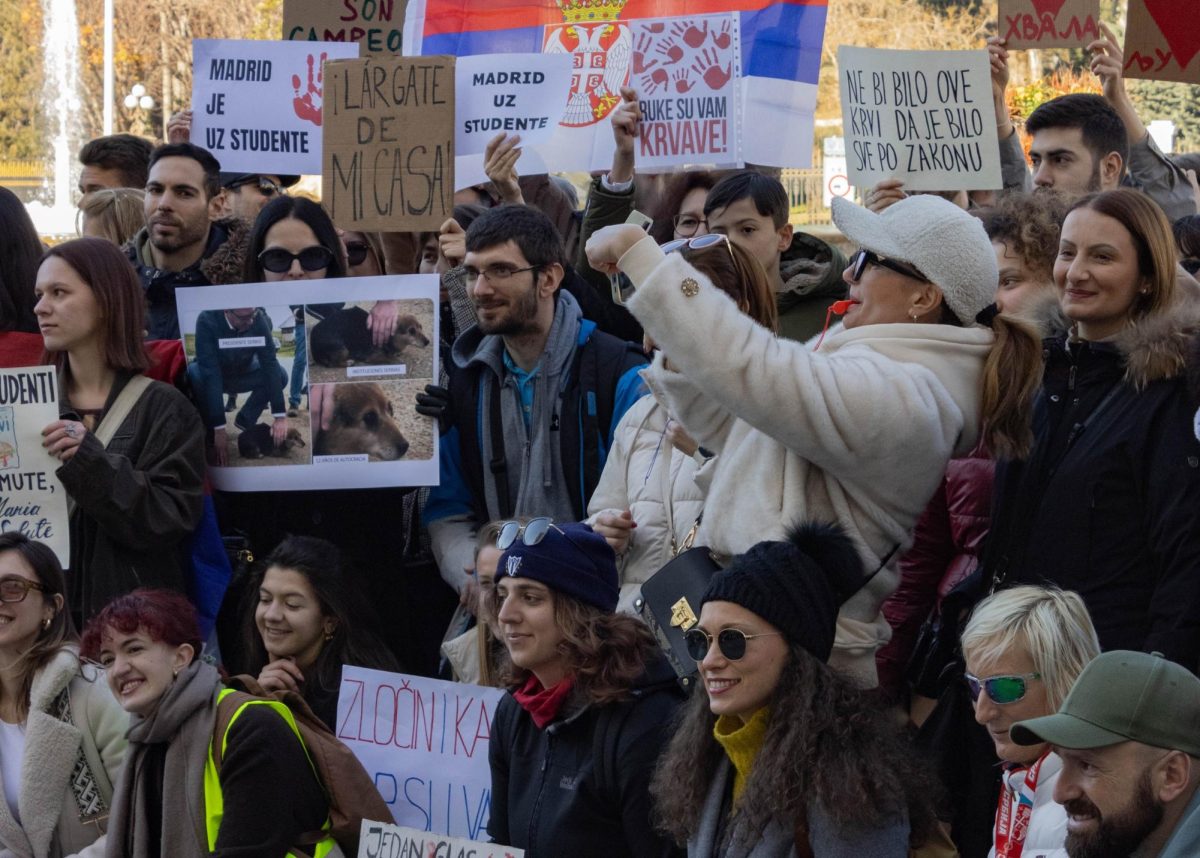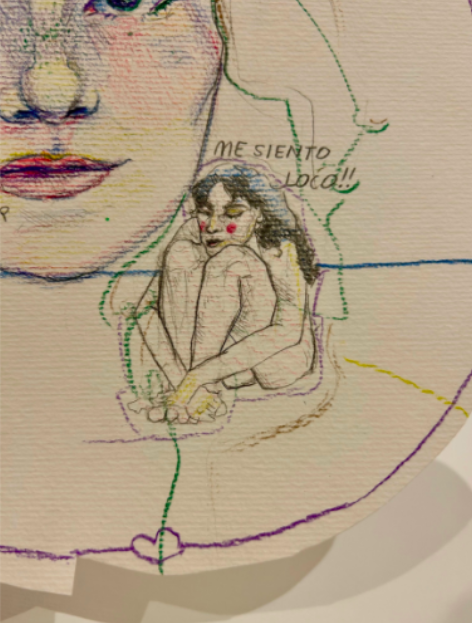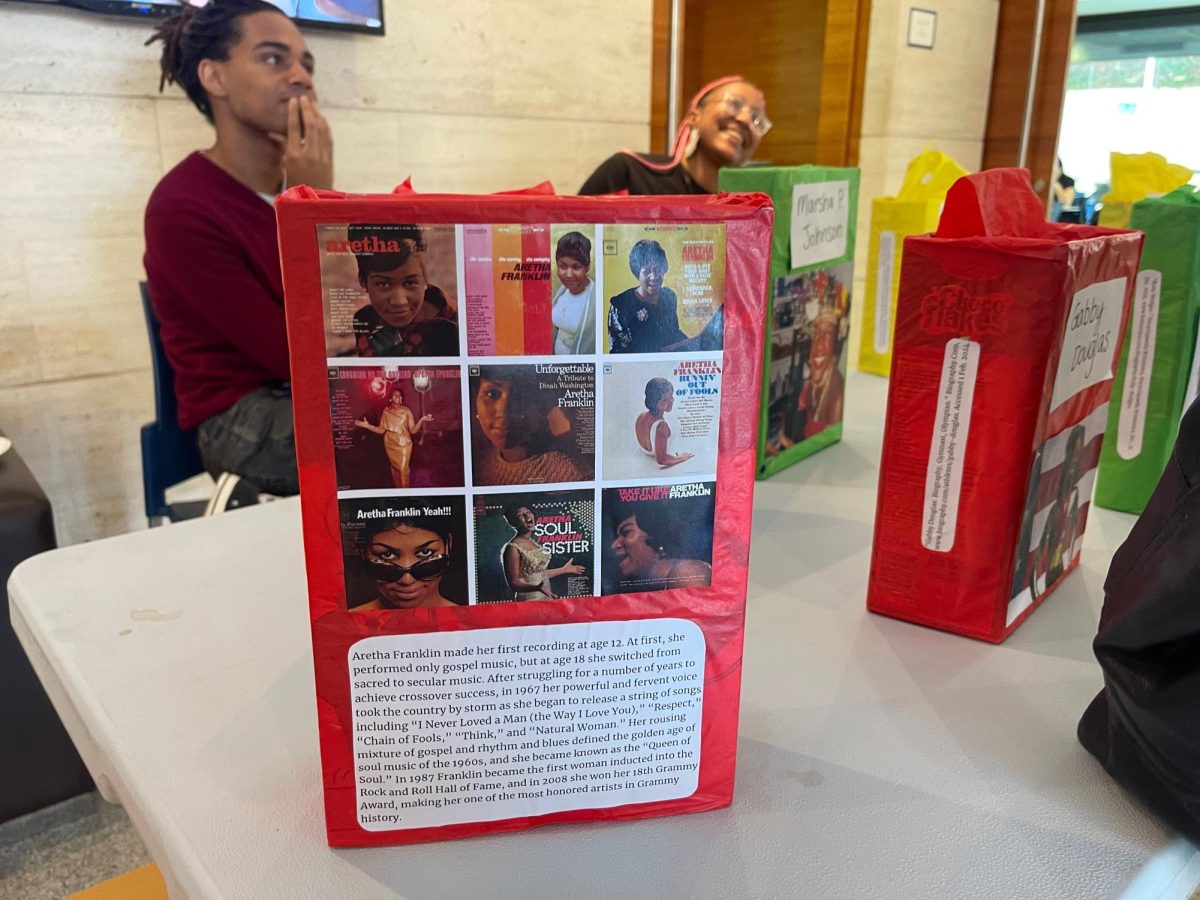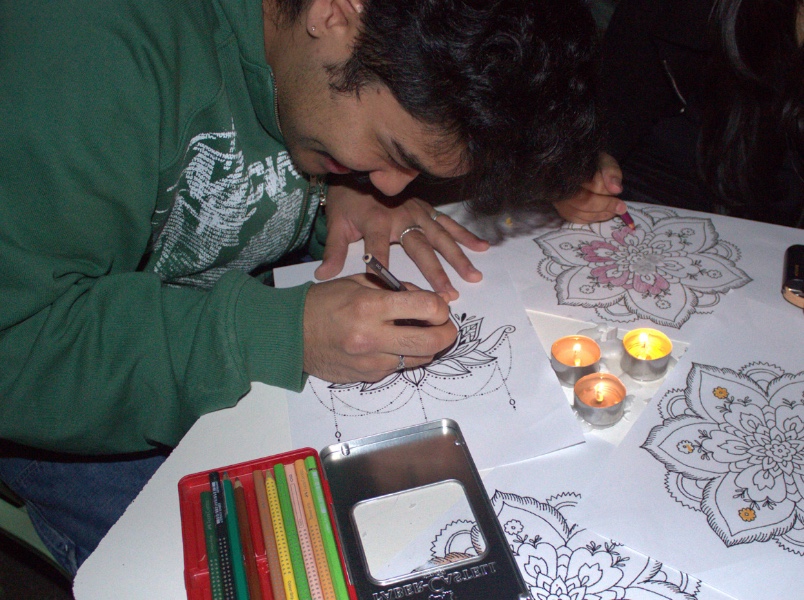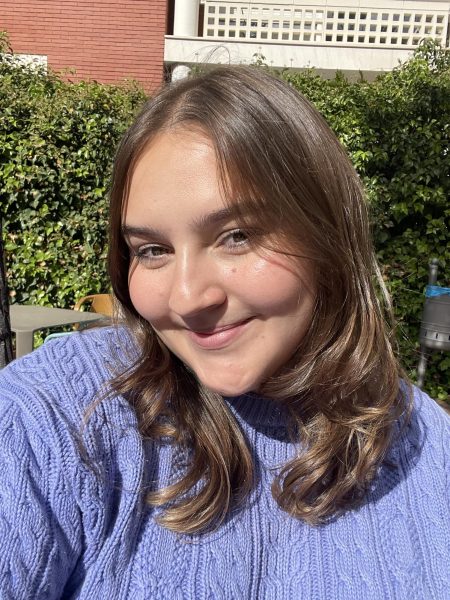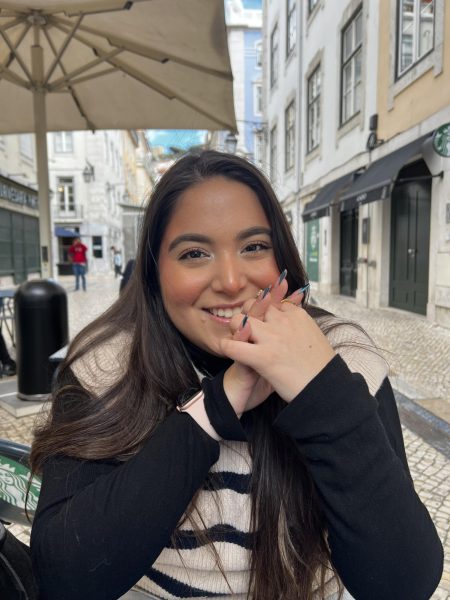The Black Students Organization celebrated Black History Month this February with a museum sharing facts about Black artists, scientists, and civil rights leaders in the San Ignacio Hall lobby.
Days before the event, students came together to decorate cereal boxes with colorful paper, printed pictures, and informative facts about historical figures, from the 19th-century statesman and civil rights leader Frederick Douglass to R&B singer-songwriter Aretha Franklin and astronaut Mae Carol Jemison.
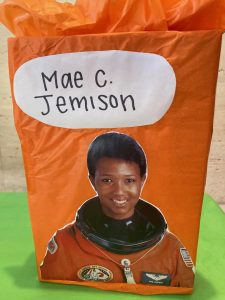
Each figure celebrated in the Black History Museum was accompanied by one of their famous quotes.
Ruby Bridges, a civil rights activist who as a 6-year-old girl had to be escorted by federal guards to attend an all-white elementary school in Louisiana, adorned another box in the museum.
Her quote read: “Racism is a grown-up disease, and we should stop using our kids to spread it.”
The museum also featured a display honoring Marsha P. Johnson, a transgender activist and pioneer of the gay rights movement in the late 1960s. According to the display, Johnson also modeled for Andy Warhol, performed drag shows with the theater company Hot Peaches and was so beloved for her work helping people on the streets of Greenwich Village that she was known as “the mayor of Christopher Street.”
Her quote: ”How many years has it taken people to realize that we are all brothers and sisters and human beings in the human race?”
Kyla Mayore, the president of the Black Students Organization, has a variety of other events planned for the club, such as round table talks, movie nights, and song trivia. She said she wants to ensure that the semester is full of activities that provide community.
“The reason why I wanted to be the president and be on the board of BSO is because there is a very small number of Black students here and Black people in Madrid in general,” Mayore said. “I thought it was very valuable to have a community and have a space where we can celebrate while also educating people who aren’t Black or do not know that much about their own culture or the myriad of cultures that we have in different communities.”
